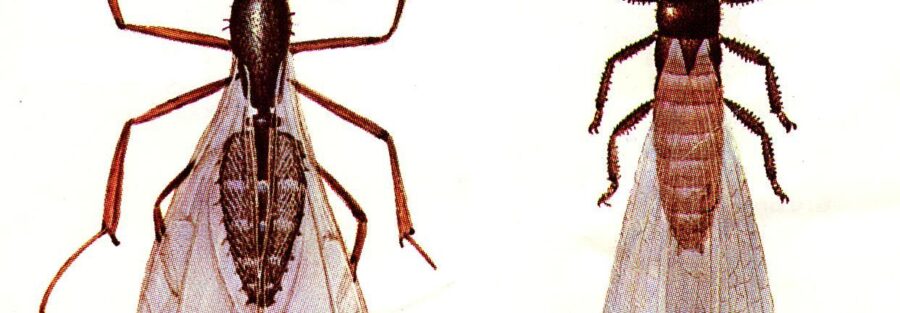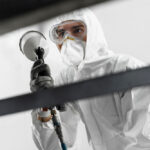Flying ants and flying termites are often mistaken for each other because they look very similar, especially when they are in their flying form. However, there are some key differences between the two that can help you distinguish them.
Appearance:
- Flying ants have a narrow waist, elbowed antennae, and front wings that are longer than their hind wings. Their bodies are usually brown or black in color.
- Flying termites have a broad waist, straight antennae, and four wings that are all roughly the same size. Their bodies are usually light brown or white in color.
Habitat:
- Flying ants are typically found in wooded areas or near buildings, as they often build their nests in wood.
- Flying termites are typically found in areas with high moisture levels, such as in rotting wood or in the soil.
Diet:
- Flying ants are omnivores and will eat both plant and animal matter.
- Flying termites are primarily herbivores and feed on wood and other plant material.
Behavior:
- Flying ants are generally more aggressive and will defend their nests against predators.
- Flying termites are less aggressive and will often try to avoid confrontation.
Overall, while flying ants and flying termites may look similar, their different physical features, habitats, diets, and behaviors set them apart from each other.







































